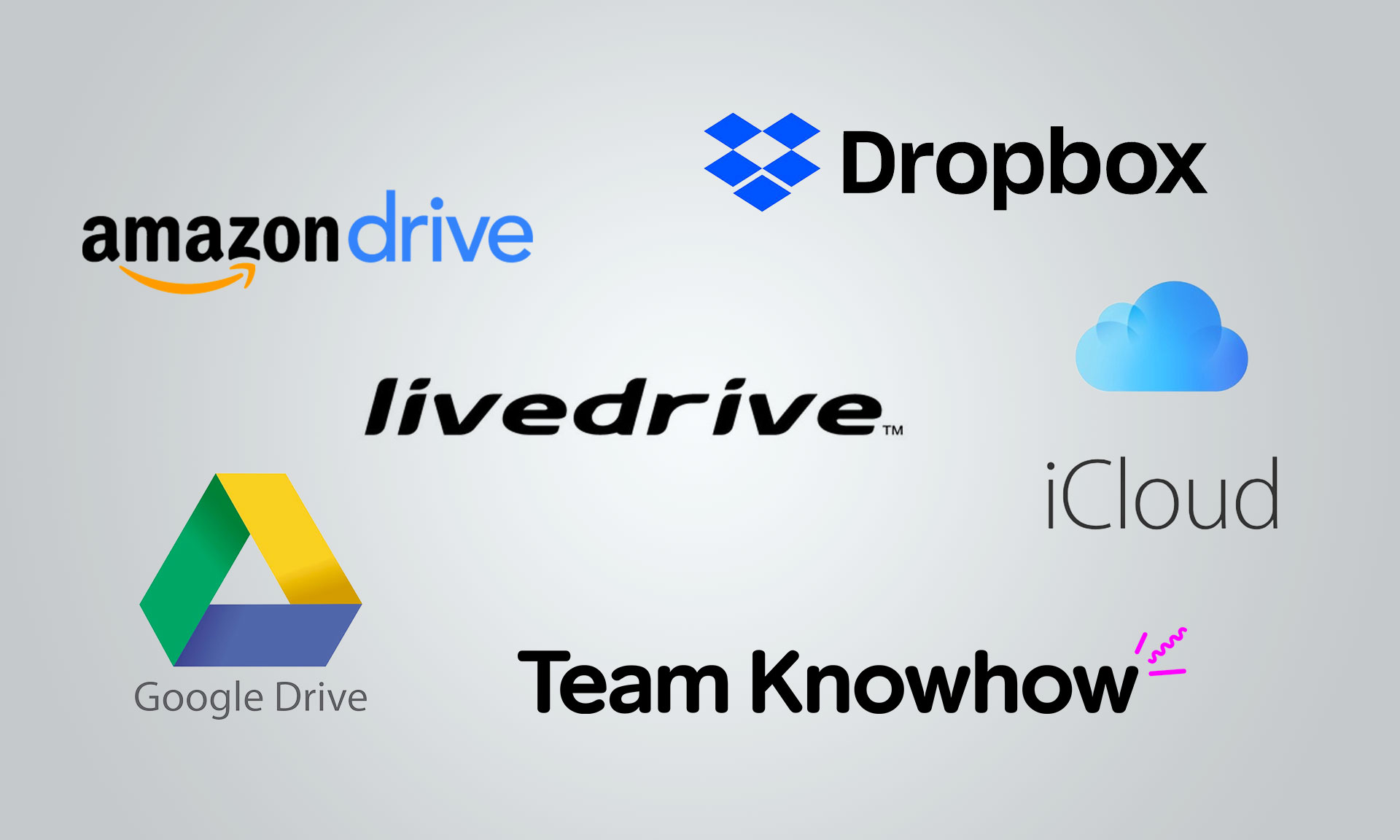Voice assistant technology has become an integral part of our daily lives. With the advancement in artificial intelligence (AI) and natural language processing (NLP), voice assistants have evolved to provide seamless interactions, convenience, and personalized experiences. In this guide, we will explore some of the most popular voice assistant technologies available today, including Siri, Alexa, Google Assistant, and more.
- Siri: Developed by Apple, Siri was one of the pioneering voice assistants introduced to the mass market. Siri is available on Apple devices such as iPhones, iPads, Mac computers, Apple Watches, and HomePod speakers. It can perform various tasks, including setting reminders, sending messages, making calls, providing weather updates, playing music, and even controlling smart home devices. Siri’s integration with Apple’s ecosystem allows for a seamless experience across different devices.
- Alexa: Amazon’s Alexa has gained significant popularity with its line of smart speakers, such as the Echo devices. Alexa can perform a wide range of tasks, including playing music, setting alarms, answering questions, providing news updates, and controlling smart home devices. Alexa’s skills, which are third-party integrations, expand its capabilities even further. With thousands of skills available, Alexa can order food, call a ride, play games, and much more. Alexa’s compatibility with various devices and its openness to third-party developers make it a versatile voice assistant.
- Google Assistant: Google Assistant is Google’s voice-activated digital assistant available on Android devices, Google Home speakers, and other smart devices. It leverages Google’s extensive knowledge graph and search capabilities to provide accurate and contextually relevant responses. Google Assistant can assist with tasks like searching the web, sending emails, setting reminders, translating languages, providing directions, and controlling compatible smart home devices. Its ability to understand and process natural language queries sets it apart.
- Bixby: Samsung’s Bixby is a voice assistant designed specifically for Samsung devices, including smartphones, tablets, smart TVs, and appliances. Bixby offers features such as voice commands, personalized recommendations, device control, and integration with various Samsung apps. It aims to create a seamless and unified experience across Samsung’s product ecosystem.
- Cortana: Developed by Microsoft, Cortana is available on Windows 10 devices, Microsoft’s Edge browser, and various Microsoft services. Cortana can perform tasks like sending emails, setting reminders, managing calendars, providing personalized recommendations, and searching the web. It can also integrate with third-party services and devices to enhance its functionality.
- Assistant on Android devices: In addition to Google Assistant, Android devices have their built-in voice assistant. This assistant allows users to perform various tasks, such as making phone calls, sending messages, setting alarms, scheduling appointments, and navigating through the device’s interface. Although not as advanced as Google Assistant, the Android voice assistant provides basic functionality for users who may not have access to the latest Android versions.
- Other Voice Assistants: Apart from the major voice assistants mentioned above, there are several other voice assistants available, each with its own unique features and capabilities. These include Samsung’s S Voice, LG’s ThinQ, Huawei’s HiVoice, and more. While they may not have the same level of market penetration as the leading voice assistants, they offer alternative options for users within specific device ecosystems.
In conclusion, voice assistant technology has revolutionized the way we interact with our devices and access information. Siri, Alexa, Google Assistant, and other voice assistants have become essential tools in our daily lives, offering convenience, efficiency, and personalized experiences. As technology continues to advance, we can expect voice assistants to become even more integrated into our homes, workplaces, and communities, helping us navigate the digital world with ease.



